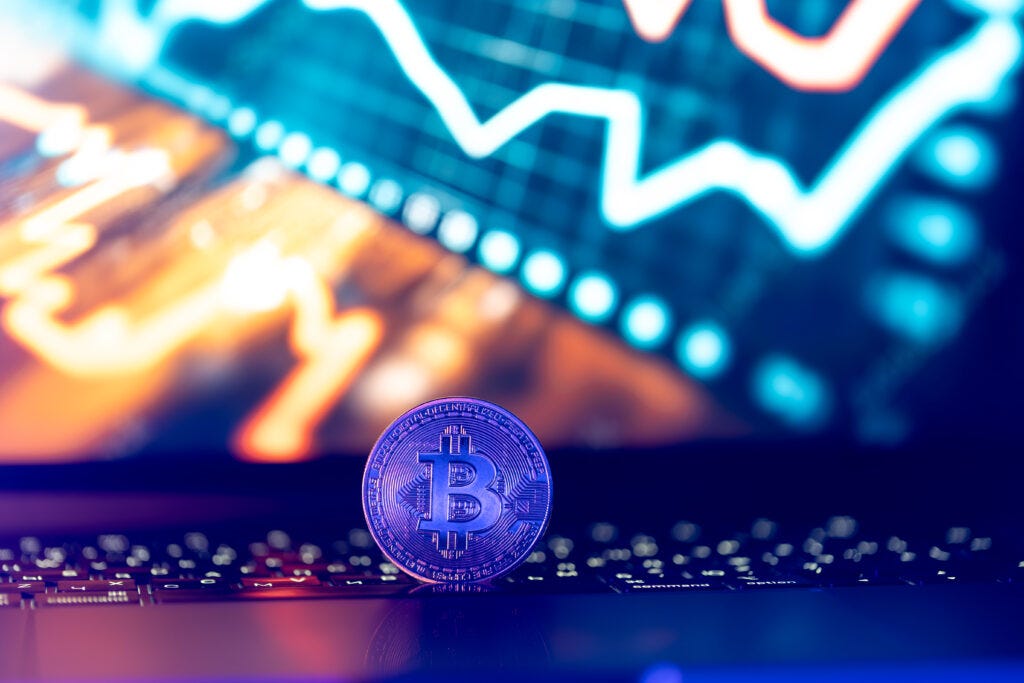Medium
2w
4

Image Credit: Medium
How Does Bitcoin Halving Affect Bitcoin’s Price?
- Bitcoin halving is an event that occurs roughly every 4 years, reducing block rewards for miners and limiting BTC ownership upsurge post-halving.
- The halving makes it harder for new BTC to enter the market, shifting the supply curve predictably.
- While Bitcoin halving doesn't guarantee a price surge, historical data suggests it often leads to significant market shifts driven by supply and demand dynamics.
- Each halving halves the rate of new BTC issuance, potentially driving up prices if demand remains constant or increases due to scarcity.
- BTC has historically seen price surges after each halving event, albeit with varying timeframes and magnitudes.
- The 2024 halving signaled a more mature Bitcoin ecosystem with moderate post-event growth influenced by factors like institutional investments and global regulations.
- Bitcoin halving fundamentally impacts supply, and supply dynamics play a crucial role in determining prices.
- Bitcoin's accessibility has increased, particularly through exchanges like CoinEx, providing user-friendly experiences for BTC purchases.
- CoinEx is a trusted trading platform supporting BTC and USDT markets and offers tools like spot trading and the CoinEx Financial Account for investment leverage.
- While Bitcoin halving reshapes the crypto economy by reducing supply, predicting future prices remains uncertain, making understanding halving mechanics essential for long-term decision-making.
- Despite price implications, Bitcoin's essence lies in technology, scarcity, and community, with halving being a significant part of its narrative.
Read Full Article
Like
For uninterrupted reading, download the app